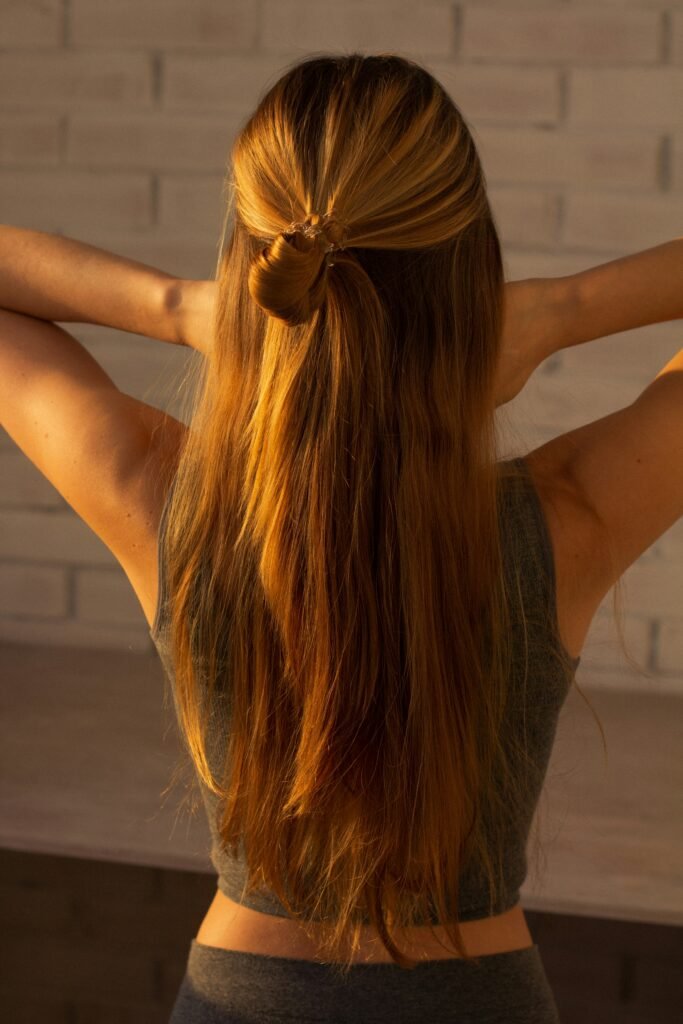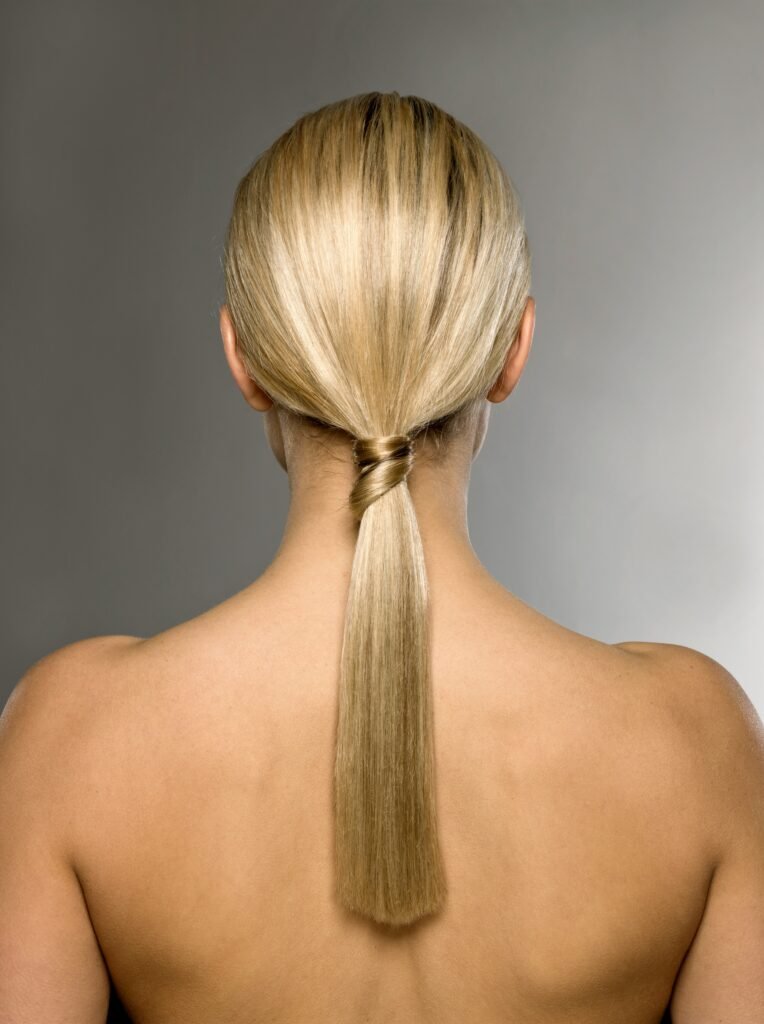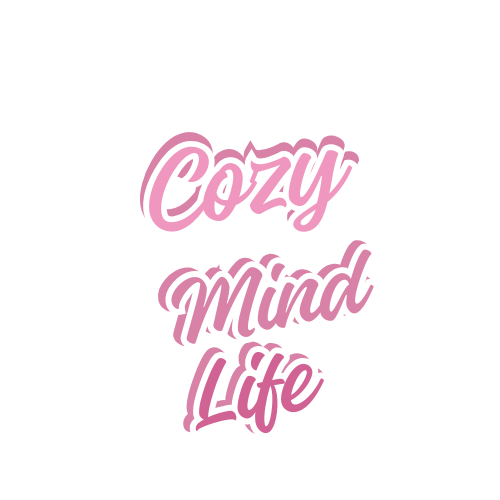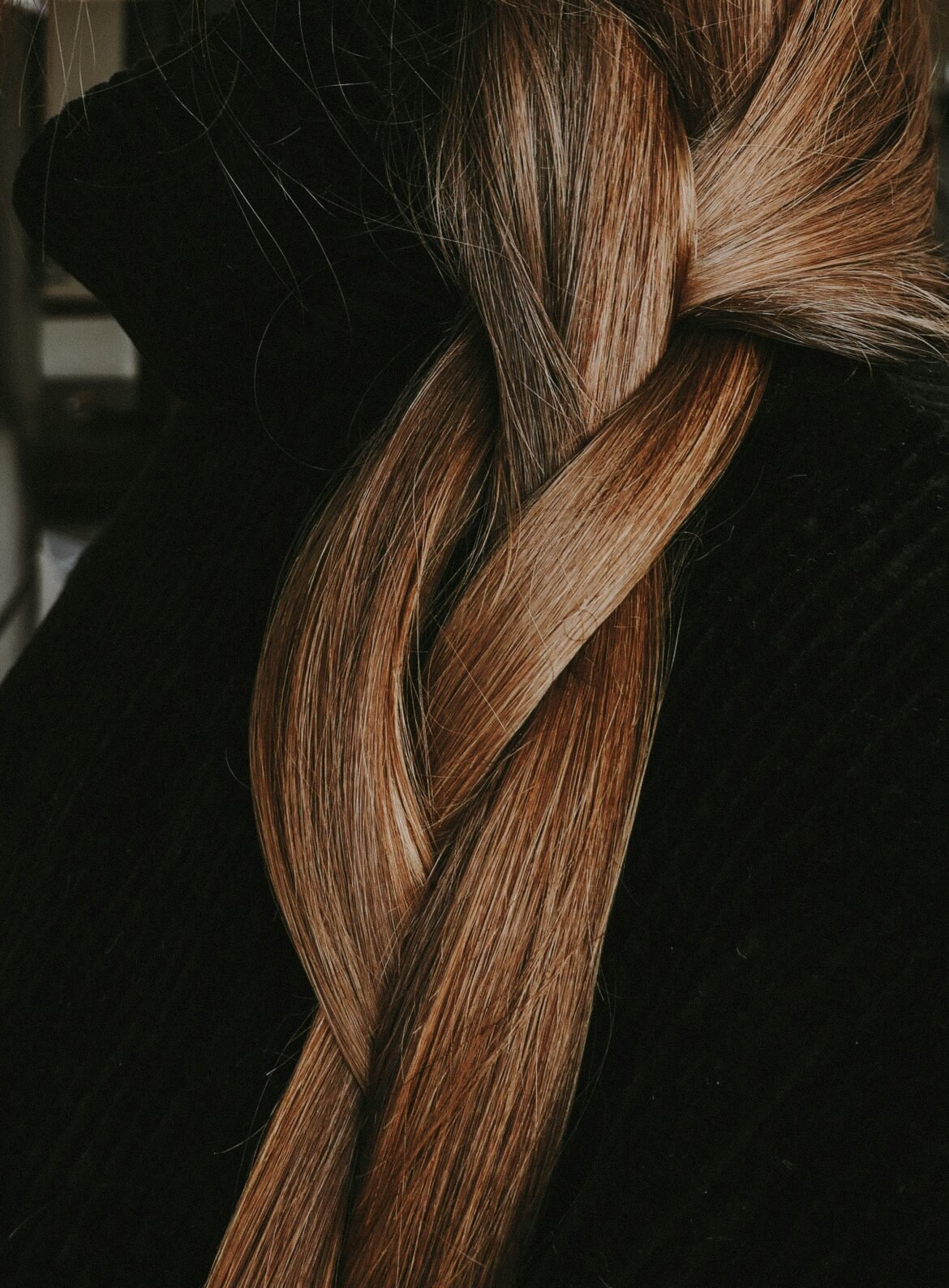Low-Maintenance Hair Looks That Still Feel Pretty
Why Simple Hair Can Be the Best Hair
Let’s be honest—most of us don’t have hours every morning to wrestle with flat irons, curlers, or half a dozen sprays. I know I don’t. Some days, the idea of spending more than 10 minutes on my hair feels impossible. But here’s the good news: looking put together doesn’t always mean complicated routines.
I still remember my grandmother saying, “Real elegance is the kind that looks effortless.” At the time, I thought she just didn’t get modern beauty trends. But now? I see her point. There’s something powerful in finding styles that look good without stealing all your time (or your sanity).
And honestly, the beauty world has started moving in that direction too. More and more, it’s about embracing natural texture, easy cuts, and little hacks that make your hair work with you instead of against you.

My Sister’s Hair “Aha” Moment
My sister Sarah used to be the queen of high-maintenance hair. Every morning: wash, blow-dry, straighten, then pray the weather didn’t ruin it all. When she moved to Seattle (rain central 🌧️), that routine became a nightmare.
One day on a video call, I gently told her, “Why don’t you just let your waves do their thing? Maybe get a cut that works with them instead of fighting them?” She finally tried it—a textured lob that fit her natural hair. And wow. Overnight, she went from stressed-out mornings to rolling out of bed with hair that looked effortlessly chic.
Her words still make me laugh: “I’ve had more compliments in a week doing less than I ever did doing more.” And honestly? She also got hours of her life back.
Why Low-Maintenance Styles Actually Work
Here’s the secret: it’s not about being lazy, it’s about being smart. The right cut and the right products mean your natural texture looks good on its own, with maybe five minutes of touch-up. No need to hide your hair under heat damage or tons of sprays.
The magic combo?
- A cut that grows out nicely and doesn’t need a trim every three weeks.
- Color that blends softly (like balayage) so you’re not panicking about roots.
- Minimal products that actually work (think dry shampoo, a good leave-in, and maybe an oil).
When your routine is simple, your hair is usually healthier too—and healthy hair just looks prettier naturally.
My Low-Maintenance Staples
Here’s what I swear by to keep my hair soft and manageable without overthinking it:
- Dry shampoo – my lifesaver for busy mornings.
- Leave-in conditioner – detangles, hydrates, and saves me from frizz.
- Silk pillowcase – sounds fancy, but it really helps with smoothness.
- One heat tool max – if I curl, I skip the straightener, and vice versa.
That’s it. No complicated 10-step system.
Tips to Make “Effortless” Actually Effortless
- Be real with your stylist. Tell them how much time you actually want to spend on your hair. A good cut makes all the difference.
- Don’t overload on products. Two or three good ones beat a bathroom cabinet full of half-used bottles.
- Work with your texture. Straight, wavy, curly—it doesn’t matter. Stop trying to force your hair into something it isn’t.
- Confidence is key. Half the battle is owning the “undone but intentional” look.
Final Thought
Low-maintenance doesn’t mean messy. It means finding that sweet spot where your hair feels pretty without stealing all your energy. Once you stop overcomplicating it, you’ll wonder why you didn’t do it sooner. Trust me—your mornings (and your hair health) will thank you.

Frequently Asked Questions For Low-Maintenance Hair Looks
What haircut is best for low-maintenance styling?
Textured lobs, shaggy layers, and cuts that enhance your natural texture tend to be most low-maintenance. The key is finding a cut that grows out gracefully and works with—not against—your natural pattern.
How often should I wash my hair if I want a low-maintenance routine?
Most hair types benefit from reduced washing—typically 2-3 times per week. Training your hair gradually by extending time between washes helps reduce oil production over time.
Can curly hair be truly low-maintenance?
Absolutely! Curly hair often thrives with less intervention. The key is proper hydration, occasional reshaping, and protecting curls while sleeping.
What are the best styling products for effortless hair?
Multitasking products like leave-in conditioners with heat protection, texturizing sprays, and dry shampoo form the foundation of most low-maintenance routines.
How can I make my blowout last longer?
Sleep on a silk pillowcase, use shower caps during bathing, apply dry shampoo preemptively before oil appears, and refresh with minimal heat on just the front sections when needed.
Are there low-maintenance options for professional environments?
Yes! Simple updos like low buns, twisted styles, and braided looks can appear polished while requiring minimal daily styling.
How do I transition from high-maintenance to low-maintenance hair?
Start with a strategic cut, gradually extend time between washes, reduce heat styling frequency, and be patient as your hair adjusts to its more natural state.
Can fine hair look good with minimal styling?
Definitely! Fine hair often benefits from texturizing products, strategic layering, and techniques that create volume at the root without daily heat styling.
What’s the best way to air-dry hair and still look polished?
Apply styling product to damp hair, position it how you want it to dry (using clips if necessary for root volume), minimize touching while drying, and finish with a small amount of appropriate product once dry.
How can I make gray hair look good with minimal effort?
Embrace specialized products for gray hair that prevent yellowing, consider strategic highlights or lowlights to blend growth, and use purple-toned products to maintain brightness.
Are there tricks for making second-day hair look intentional?
Absolutely! Strategic placement of hair accessories, simple twists at the temples, or quick braided sections can transform second-day texture into a purposeful style.
What’s the secret to waking up with good hair?
Apply appropriate styling product to damp hair before bed, secure in a loose, comfortable style that creates desired texture (loose braid, twisted bun, etc.), and sleep on a silk pillowcase to minimize friction.

